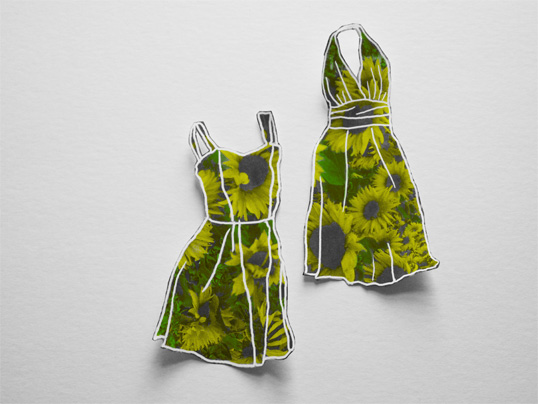The excerpt of Miklós Szentkuthy’s Towards the One and Only Metaphor, translated from the Hungarian by Tim Wilkinson in our April 2013 issue, is the very first thing I ever read on Asymptote. This was long before I was a blogger (much less blog editor), and perhaps the first time I felt enraptured enough to sustain interest in reading something literary off a screen. It was my induction into the literary Internet. It seems so long ago to me now, and so absurd—online journals portend equity and unlimited access! Poems can be shared, clicked on! Stories bookmarked and hung on (Facebook) walls! And it’s all for free!
But until that moment I was rather unimpressed with the prospect of reading something from a screen that had not been printed, circulated, tattered with time and dead tree. But here is where it changed: where I was so arrested by a piece, I knew immediately how important this kind of Internet literary journalism is—for writers, for translators, and for readers most of all.
Towards the One and Only Metaphor is a novel. The excerpt published in Asymptote is like a slap in the face for any of us who ever make art or try to understand it, for those of us who toil at a work we know we can never fully realize. The speaker is at times neurotic, meditating on the mechanics of artistic exertion and thought. Beginning, rather strikingly, with the assertion that “anyone who has experienced a life of total contemplation and total work knows what a pain mornings are,” Hungarian writer Szentkuthy’s ensuing text disbands into concurrent moments of clarity, calamity, and confusion: prodding the narrator’s anguish at being left to his own devices in a world that is nothing but.
Szentkuthy’s writing is wandering, difficult. It is not prosaic in that it ignores its own syntactical mechanisms. It is fully self-aware, and Wilkinson’s translation is expert: it is clear he has paid as much attention to the process of thinking things through via text. The process of unraveling the dense, yet elegant, prose performs the ontological anxiety and difficulty the text is also quite literally “about.” The text is the mitigating circumstance that troubles its own speaker.
Szentkuthy himself referred to the piece as a Catalogus rerum, or an index of entities and phenomena. Published originally in Hungary in 1935, the piece is so maddeningly intertextual that its translation (published online for Asymptote) is helpfully annotated with floating hypertext-like footnotes that enlighten the reader in matters of astoundingly historical particularity. (This, friends, is another magical benefit of Asymptote!).
The narrator’s slightly hyperbolic disgust with art—“an achingly deadly tedium. Don’t search for joy in art,” he implores—is heightened, for example, when he buys Vom Werk des Heiligen Geistes, Emil Brummer’s 1935 treatise reflective of a so-called dialectical orthodoxy movement (and nor am I familiar with the piece). On the bus, the narrator drolly alternates between looking at this book—undoubtedly an experience of profoundly pedantic ennui—and the vivid red wrinkling of the blouse of the woman seated his opposite (“Voila! that has an impact, that element of red wrinkles”, he muses). What’s more real? What experience invites a more meaningful engagement with space, with surroundings?
Indeed, this piece vacillates determinedly and madly between moments of visceral experience and theoretical extrapolation, and the narrator himself appears profoundly troubled between his two lives: thinking and being. Does this binarism actually exist, or is intellectualized/immediate experience a lot more muddled than we think?
Towards the One and Only Metaphor performs the false tension in the narrator’s struggle between drawing reality and symbolic metaphor. The Freudian references, French-, German-, and Spanish-language words and quotes, aren’t anything but metaphors—and the text prods, following the title, Towards the One and Only Metaphor. There is fracture, and totality. The narrator recoils at tedious over-contemplation as well at stupid under-contemplation: “two nonsenses,” he says, “a writer’s contemplation of a flower imagines everything: the flower, God, sex, poetry, logic or what you will,” but the gardener’s floral contemplation is equally senseless because “it is so unambiguous.”
The text’s complexity is no less than what is apparent. I invite—or implore—you to take a look.
***
Artwork by Ellen Blom for the April 2013 issue.

